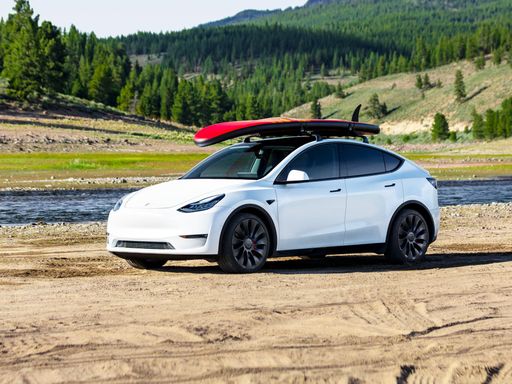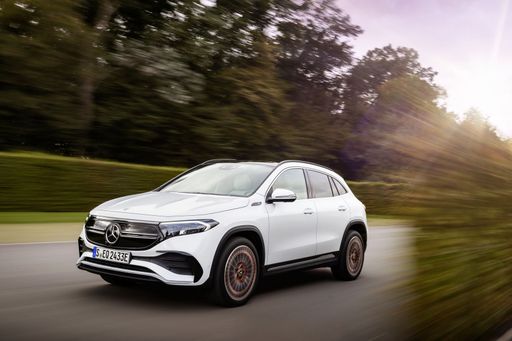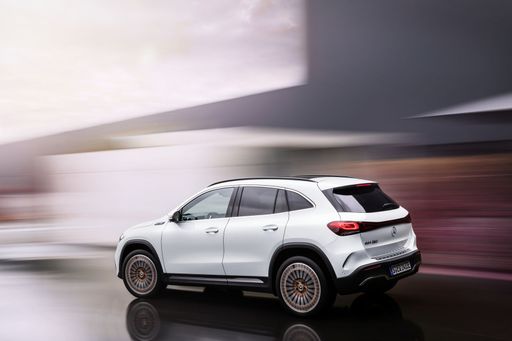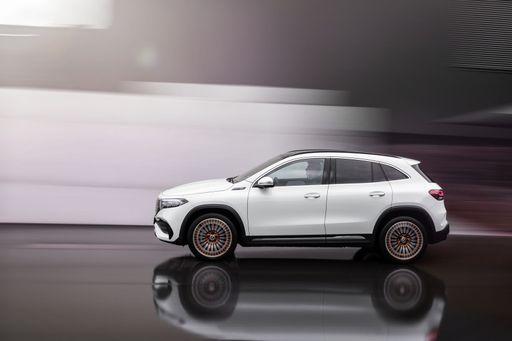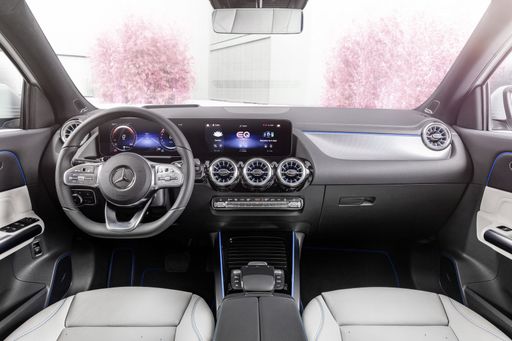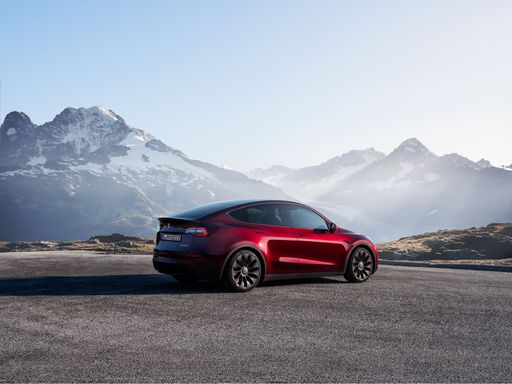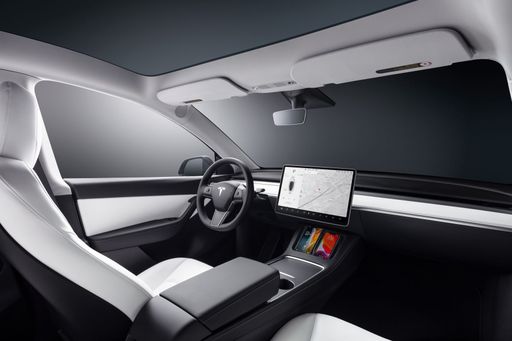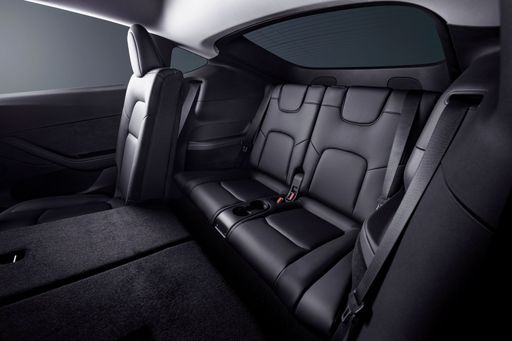Introduction: A New Era of Electric SUVs
The electric vehicle market continues to heat up as leading brands push the boundaries of technology and design. Among the frontrunners, the Mercedes EQA and Tesla Model Y stand out. This article delves into a detailed comparison of these two electric SUVs, focusing on technical specifications, innovations, and overall performance to help potential buyers make an informed decision.

